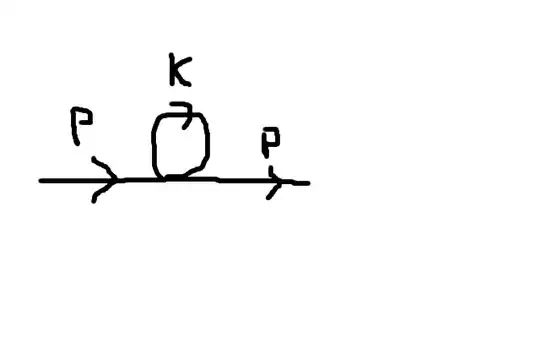Consider the Feynman diagram below:

in the case of $\phi^4$ theory where there is no bare mass: $$\mathcal{L}=\frac{1}{2} \partial_\mu \phi\partial^\mu\phi-\frac{\lambda}{4!} \phi^4$$ the contribution of this diagram is given by: $$I=\frac{-i\lambda}{2} \int \frac{d^d k}{(2\pi)^d}\frac{1}{k^2+i\varepsilon}$$ typically such integrals are done using Feynman and Schwinger Parameterizations. In this case, however Schwinger parameterization won't work as you will have a completely imaginary exponential. It also appears to be the case that $$\lim_{m\rightarrow 0}\frac{-i\lambda}{2} \int \frac{d^d k}{(2\pi)^d}\frac{1}{k^2-m^2+i\varepsilon}$$ which can be done using Schwinger parameterization does not converge onto the same value as $I$. Thus my question is: what is the most common way to deal with integrals of the form $I$ in QFT ideally using minimal subtraction.